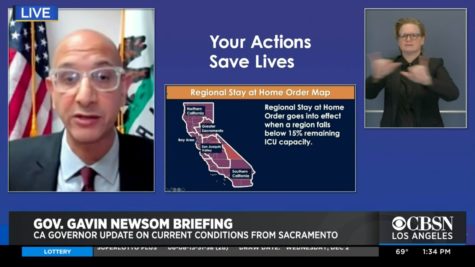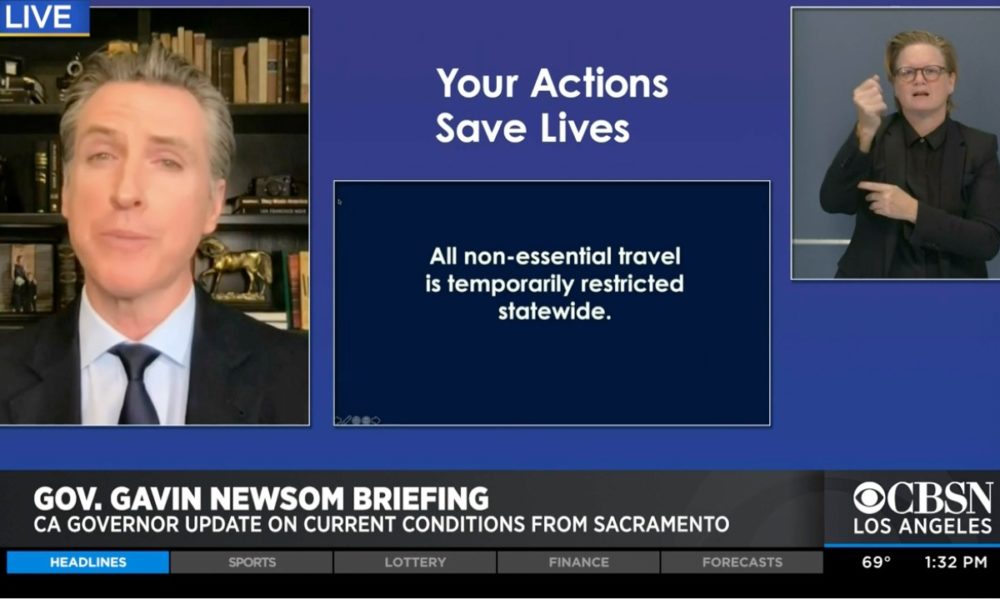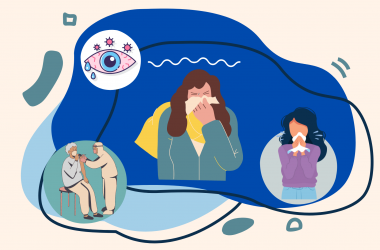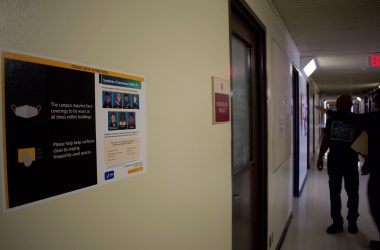Gov. Gavin Newsom announced Thursday that residents of California could face even tighter coronavirus restrictions and a potential shutdown of nonessential activity as COVID-19 cases continue to rise.
As of Dec. 3, the state of California has had 1.27 million positively identified cases of COVID-19 and 19,400 deaths. Texas is leading in cases with 1.29 million.
In fear of hospitals becoming overpopulated, Newsom emphasized that all nonessential travel is temporarily restricted statewide and a regional stay-at-home order will go into effect when an area’s intensive care unit capacity dips below 15%.

“We’re taking this to a whole new level,” Newsom said in a press conference. “This travel advisory is rather firm.”
No regions in the state have been placed under the regional stay-at-home order yet, Newsom said in a tweet, and that the first doses of a vaccine are “arriving in the next few weeks.”
Long Beach Mayor Robert Garcia also announced Thursday via Twitter that he will be implementing his local vaccine plan next week as well as preparations for vaccination in the city. The Long Beach Health Department will be responsible for local distribution, the tweet said.
Next week, I’ll be rolling out our local vaccine plan and what we are doing to prepare. Our local @LBHealthDept will be responsible for local distribution. I look forward to sharing more.
— Robert Garcia (@RobertGarcia) December 3, 2020
State health officials maintained that residents of California should refrain from any travel whenever possible and emphasized that the Centers for Disease Control offered a shorter quarantine period of just 10 days, rather than the usual 14, for those without symptoms.
“We know it’s a burden, we know it’s a toll,” said Mark Ghaly, secretary of the state’s Health and Human Services Agency. “The message of the day is as much as you can, stay at home and reduce your interactions.”
Ghaly emphasized the importance of “staying at home unless it’s absolutely essential to leave.” He asked residents to strongly consider canceling any travel plans and said that this advisory may become something of an enforcement if necessary.
Ghaly said that social interactions are “a little more risky than they were a month ago” as cases continue to spike in the state. He asked that “we behave and work together as a state” and be “mindful of the ICU capacity.”
Based on data collected by the state, state officials stated that “reduced mixing… is a tool that we have seen be effective” in reducing the spread of the coronavirus. Once a vaccine is dispersed, Newsom said, California will begin to lift its temporary restrictions.
“We are asking for everyone’s indulgence to minimize the mixing,” Newsom said. “We will get back to not only normalcy but resiliency and vibrancy that we were enjoying before this pandemic.”





I can’t understand wy are parks and small business closed but walmart shopping centers are open in airplanes you sit so close to the other person if you on lockdown shut everything of for 3 weeks and you see we getting better if people don’t too it get the national guard we must stop corina 19